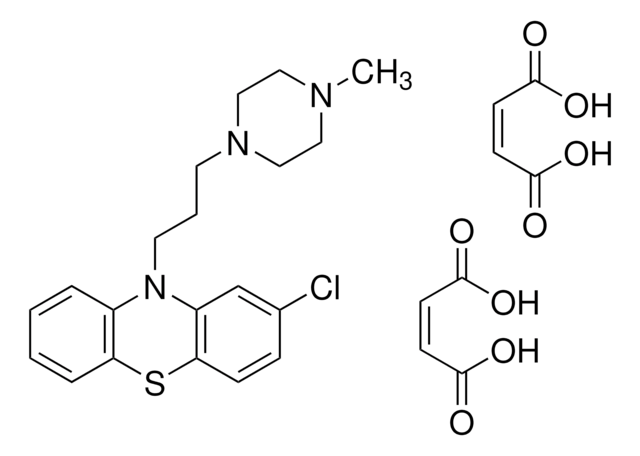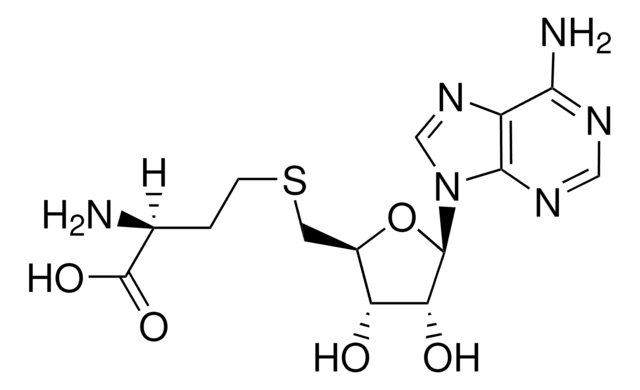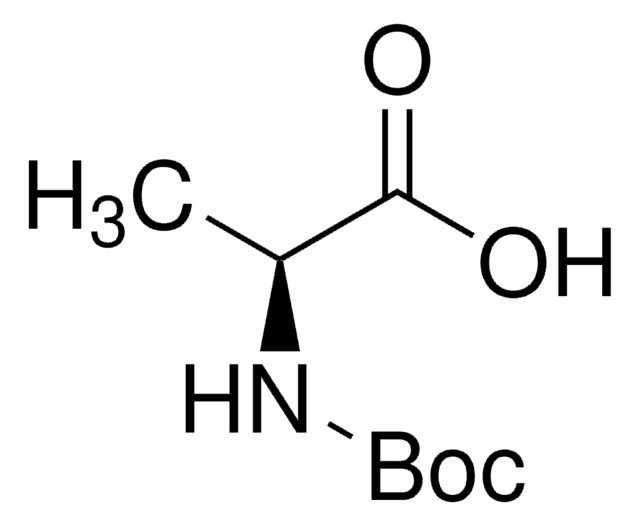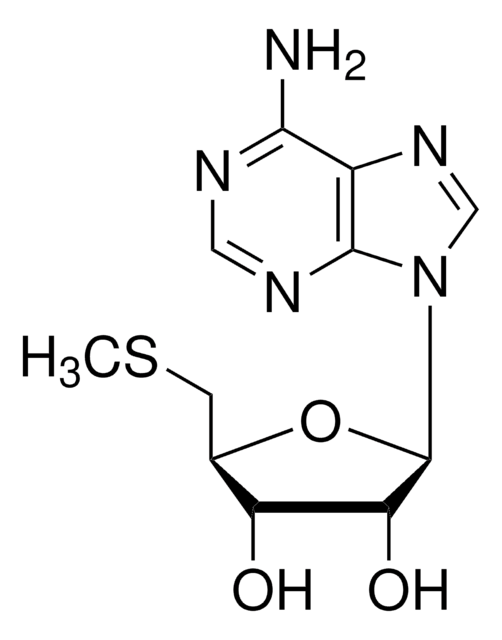Kluczowe dokumenty
SML0335
Remacemide hydrochloride
≥98% (HPLC)
Synonim(y):
2-Amino-N-(1-methyl-1,2-diphenylethyl)-acetamide hydrochloride, FPL 12924AA, PR 934-423A
About This Item
Polecane produkty
Próba
≥98% (HPLC)
Formularz
powder
warunki przechowywania
desiccated
kolor
white to beige
rozpuszczalność
H2O: >10 mg/mL
temp. przechowywania
room temp
ciąg SMILES
Cl.CC(Cc1ccccc1)(NC(=O)CN)c2ccccc2
InChI
1S/C17H20N2O.ClH/c1-17(19-16(20)13-18,15-10-6-3-7-11-15)12-14-8-4-2-5-9-14;/h2-11H,12-13,18H2,1H3,(H,19,20);1H
Klucz InChI
HYQMIUSWZXGTCC-UHFFFAOYSA-N
Działania biochem./fizjol.
Cechy i korzyści
Hasło ostrzegawcze
Danger
Zwroty wskazujące rodzaj zagrożenia
Zwroty wskazujące środki ostrożności
Klasyfikacja zagrożeń
Acute Tox. 4 Oral - Aquatic Acute 1 - Eye Dam. 1
Kod klasy składowania
11 - Combustible Solids
Klasa zagrożenia wodnego (WGK)
WGK 3
Temperatura zapłonu (°F)
Not applicable
Temperatura zapłonu (°C)
Not applicable
Wybierz jedną z najnowszych wersji:
Certyfikaty analizy (CoA)
Nie widzisz odpowiedniej wersji?
Jeśli potrzebujesz konkretnej wersji, możesz wyszukać konkretny certyfikat według numeru partii lub serii.
Masz już ten produkt?
Dokumenty związane z niedawno zakupionymi produktami zostały zamieszczone w Bibliotece dokumentów.
Produkty
We offers many products related to ion channel family glutamate receptors for your research needs.
Nasz zespół naukowców ma doświadczenie we wszystkich obszarach badań, w tym w naukach przyrodniczych, materiałoznawstwie, syntezie chemicznej, chromatografii, analityce i wielu innych dziedzinach.
Skontaktuj się z zespołem ds. pomocy technicznej









